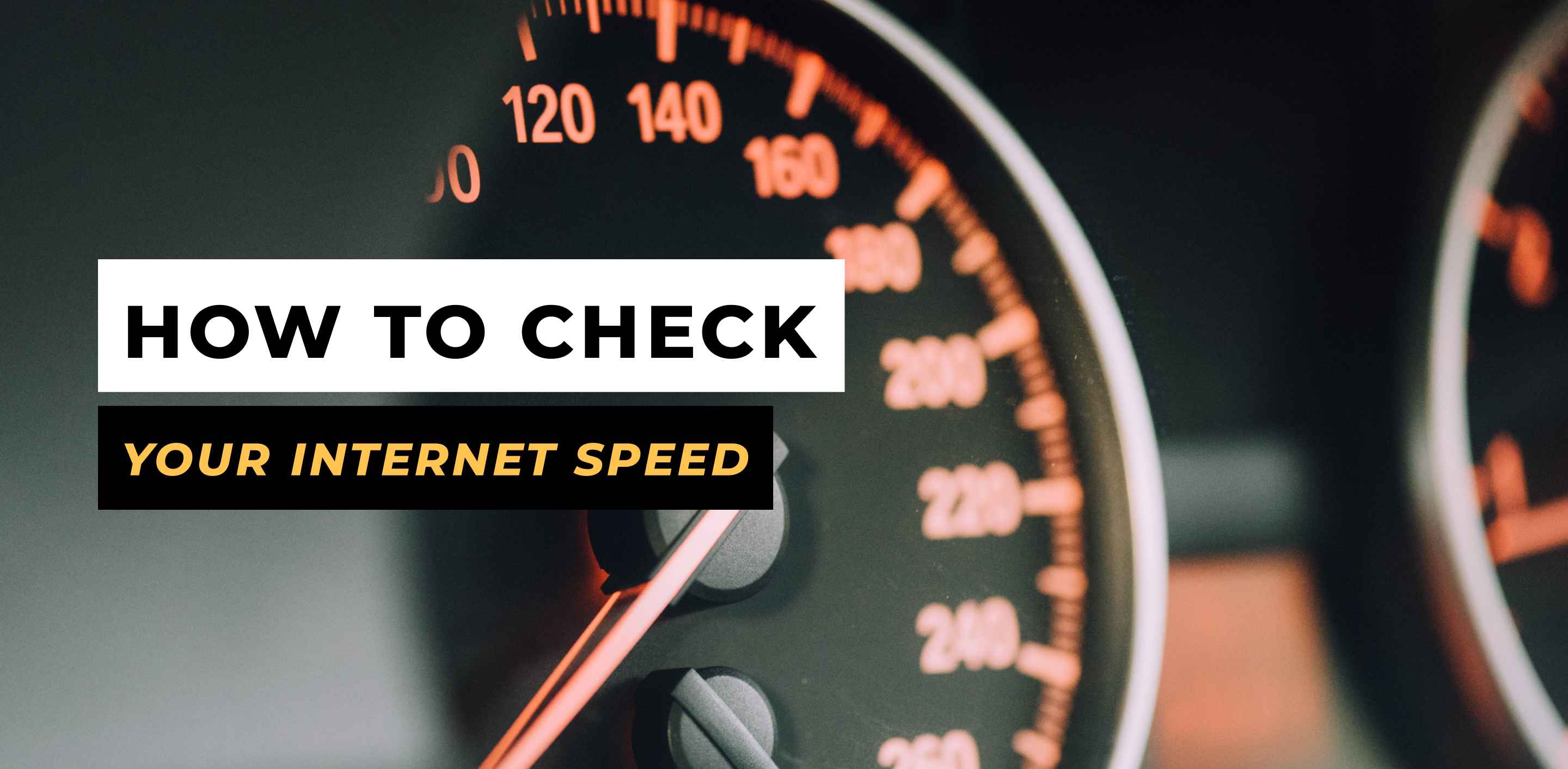Do you ever wonder if the Internet speed you are paying for is what you are actually getting? Here’s how to check it to find out.
What Does Internet Speed Mean?
In our ever-connected world, we often take for granted the incredible instant access we have to resources all over the world via the Internet. Only when something goes wrong, we do consider our internet connection and what internet speed means.
Internet speed is how fast the data travels between its source location and your laptop, computer or mobile device. In the middle sits your ISP (internet service provider) who provides the roadways for the information to travel upon. There are two factors to consider when testing internet speed, download and upload speed. Download speed works for things like streaming TV and movies where upload speed is when you need to share files by uploading them to an online server for work or play.
What Makes Internet Speed Good or Bad?
Many ISPs tout screaming speeds to lure customers in the door. The thing is, with shared internet cables speeds do vary throughout the day. The more people using the provider’s service in a specific area, the slower the speeds will be. With FIOS, however, these are dedicated lines, and your internet speeds will stay consistent always.
So, what makes an Internet speed good or bad? That depends on what you are doing online. Experts claim that you need at least 1 Mbps (megabits per second) to have adequate speeds for gaming or live streaming. Actual gamers and live streamers may argue that the minimum is more like 3-15 Mbps. For streaming video, you will want at least 25 Mbps especially if you are streaming 4K to your big-screen TV. If you have a family of heavy users, you may want to go up to 50 Mbps or even higher. If you see Netflix or Hulu buffering when watching your favorite show, it may be time to upgrade your speed.
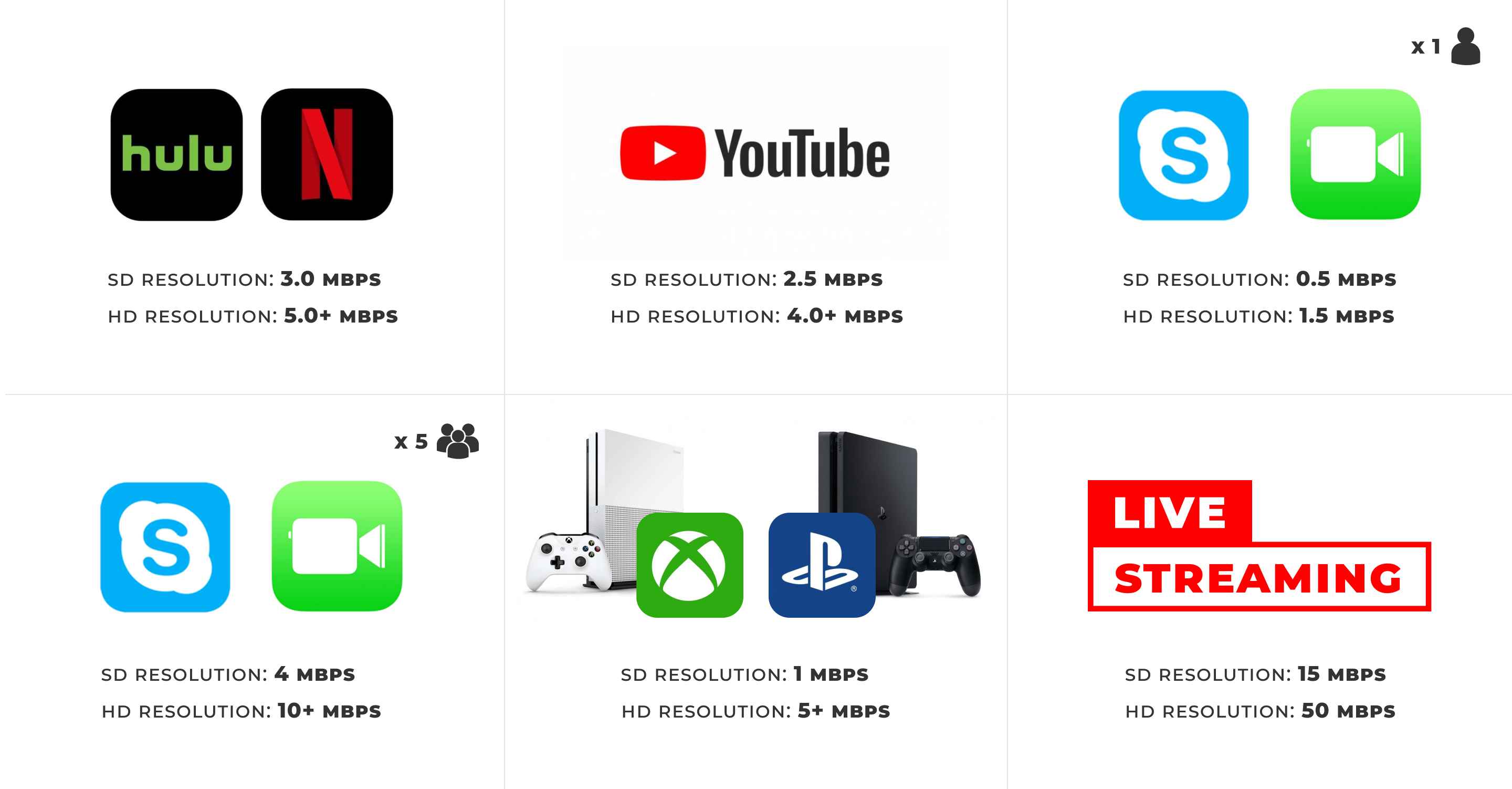
Netflix recommends the following speed guidelines:
- 0.5 Mbps – Required broadband.
- 1.5 Mbps – Recommended broadband.
- 3.0 Mbps – SD quality.
- 5.0 Mbps – HD quality.
- 25 Mbps – Ultra HD quality.
YouTube recommends these speeds for their services:
- 2.5 Mbps – HD (720p) quality.
- 4.0 Mbps – full-HD (1080p) quality.
- 15 Mbps – 4K Ultra HD quality.
If you have ever wondered how to check internet speed, keep reading.
How to Test My Internet Speed
Thankfully, there are some great tools to perform an internet speed test online within seconds. Many of these companies also have downloadable apps so you can test on your phone or wireless device too.
Fast — this is a tool offered by Netflix where you simply visit the Fast.com webpage and instantly your internet speed is tested and shows you the results. There is nothing more to do.
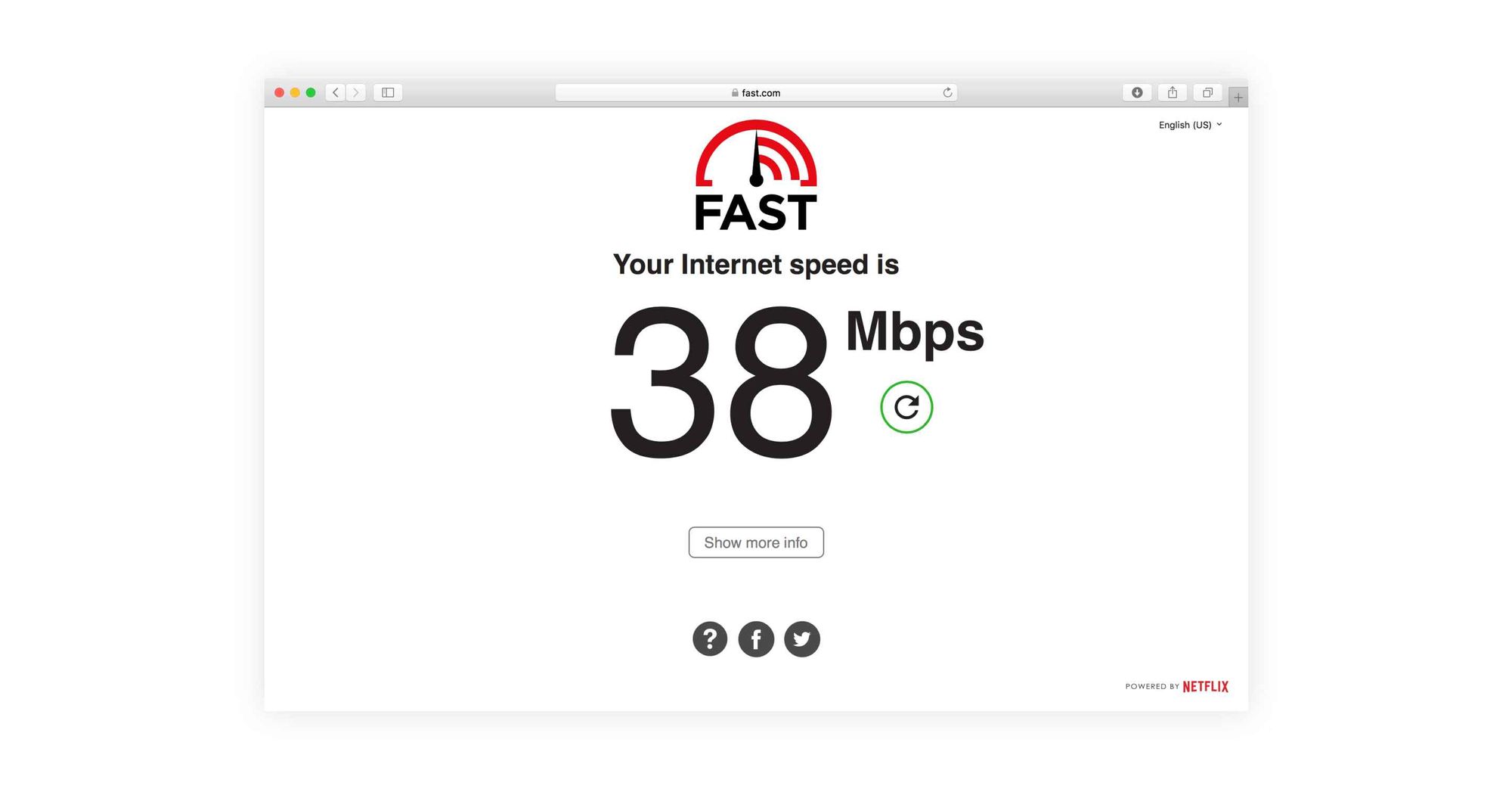
Ookla — has a web-based tool, but they also have an app you can download. Ookla is a broadband speed test tool, and within seconds you can see both your download and upload speeds. Just hit the big “Go” button in the middle of the screen.

Along with upload and download speeds, they also perform a ping test.
Google — allows to quickly and easily test your internet speeds right from SERP.
How to perform the Internet speed test with Google:-
 1. Go to Google.com
1. Go to Google.com
-
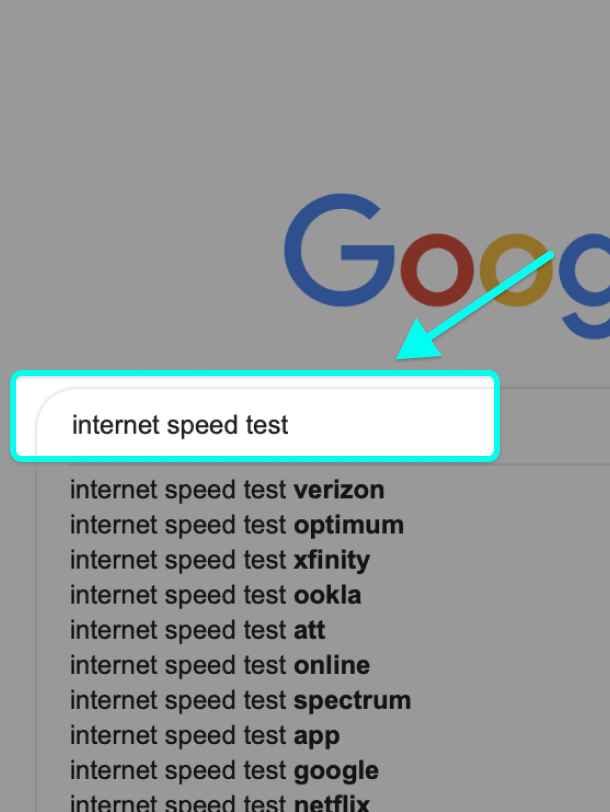 2. In a Google search window type in “speed test” or "internet speed test".
2. In a Google search window type in “speed test” or "internet speed test".
-
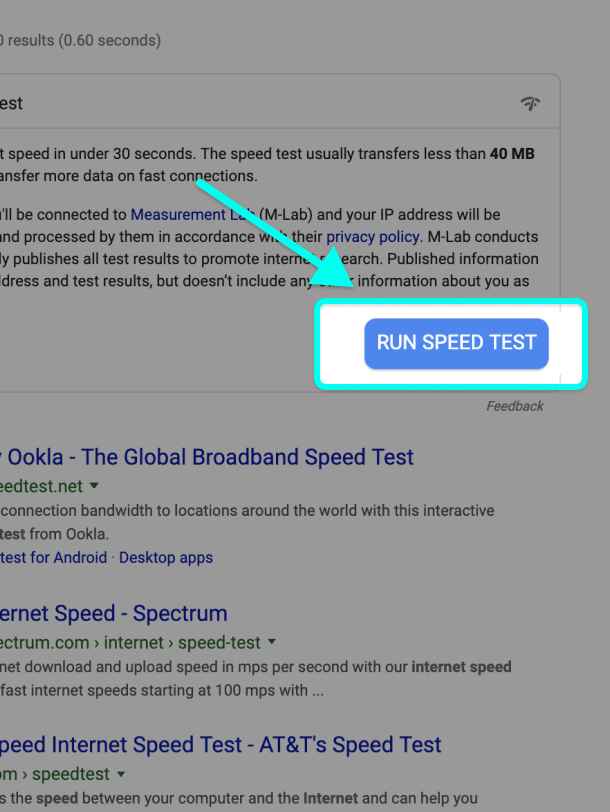 3. Сlick the blue "Run Speed Test" button.
3. Сlick the blue "Run Speed Test" button.
-
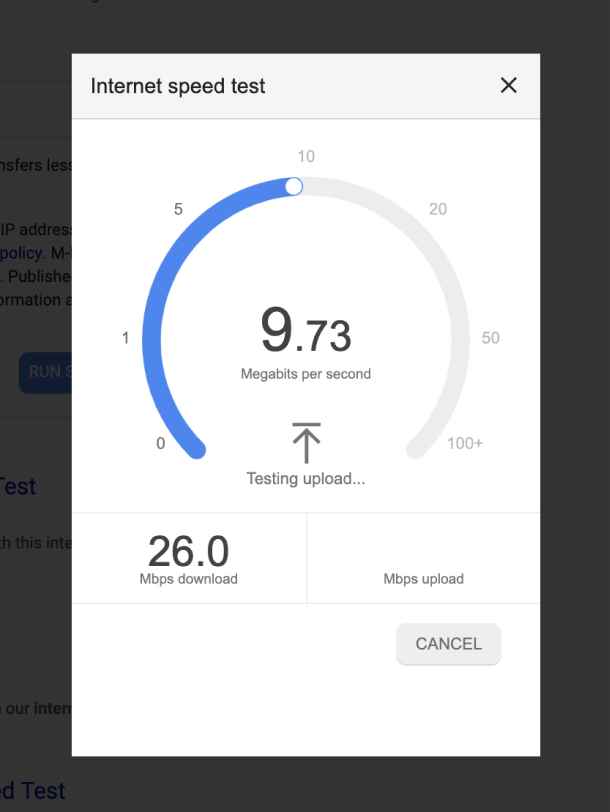 4. Wait for about 30 seconds while Google is checking on your internet connection speed.
4. Wait for about 30 seconds while Google is checking on your internet connection speed.
-
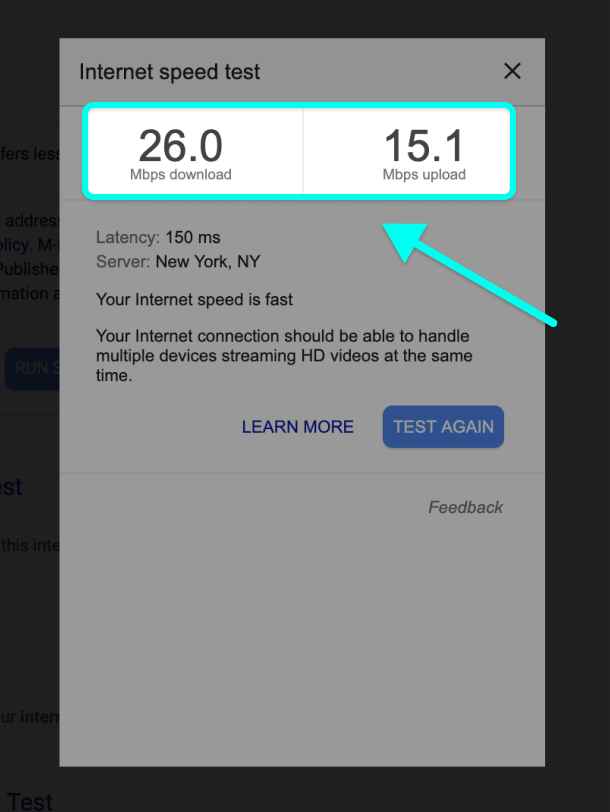 5. See your test results: Download speed, Upload speed, and latency.
5. See your test results: Download speed, Upload speed, and latency.
-
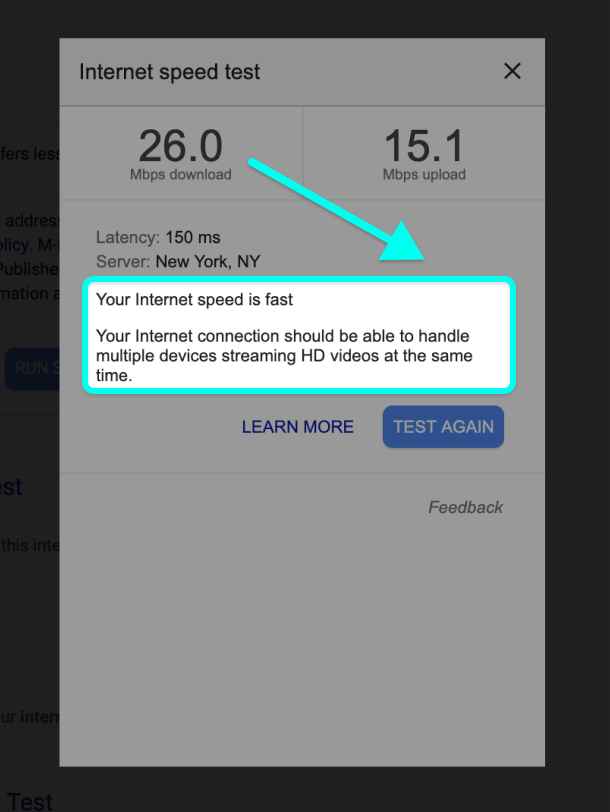 6.Check Google recommendations for internet activities based on your Internet speed numbers.
6.Check Google recommendations for internet activities based on your Internet speed numbers.
A note from Google: the test can accurately measure connection speeds up to 700 Mbps. If your connection speed is over 700 Mbps, results could be lower than your actual connection.
There are many other free internet speed test solutions available online, but these are our favorites.
Final Thoughts
Keep in mind that broadband service like Xfinity uses shared lines and internet speeds will vary through the day. So, you might want to check at peak times and then quiet times as well to get an average. Remember also that Wi-Fi is usually slower than a hard-wired (plugged in) connections. Now that you know how to test your internet speed like a pro; you can choose the best internet plan for your needs.
To give your WiFi signal a boost, check our lists of the best WiFi routers, best mesh WiFi systems and best WiFi extenders. Choose the best one that fits your needs and say goodbye to WiFi dead zones in your home!

